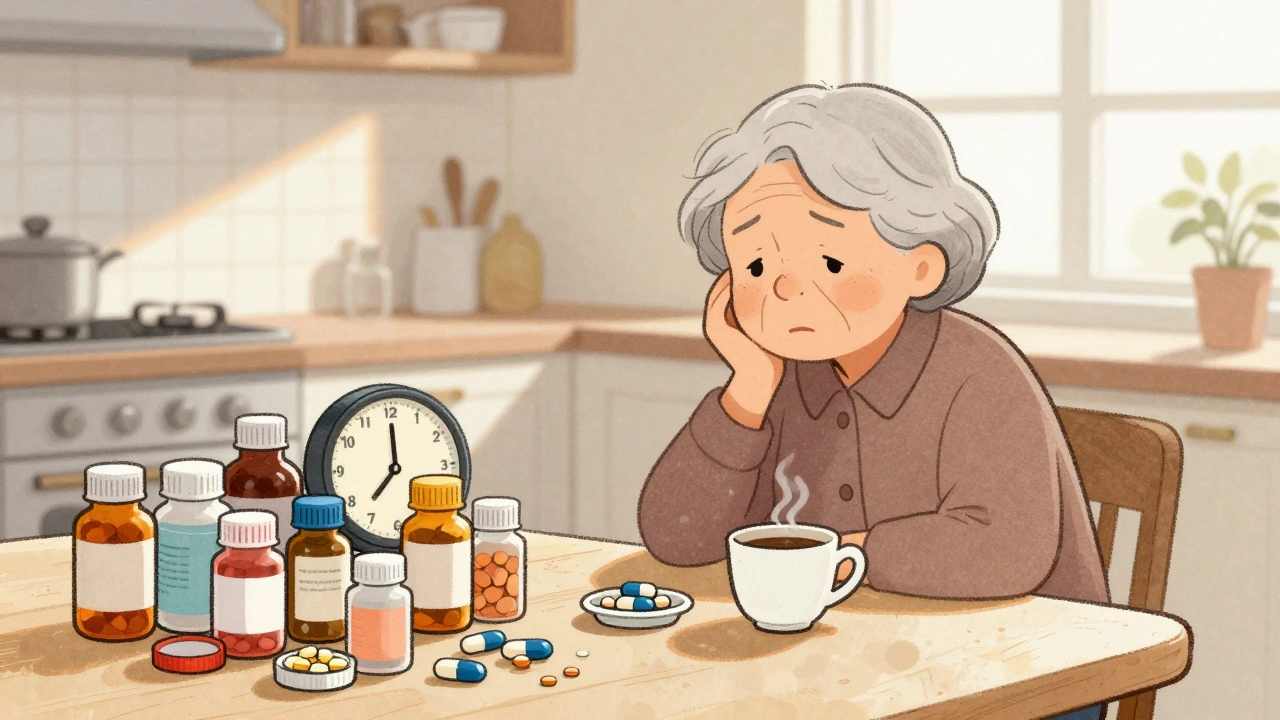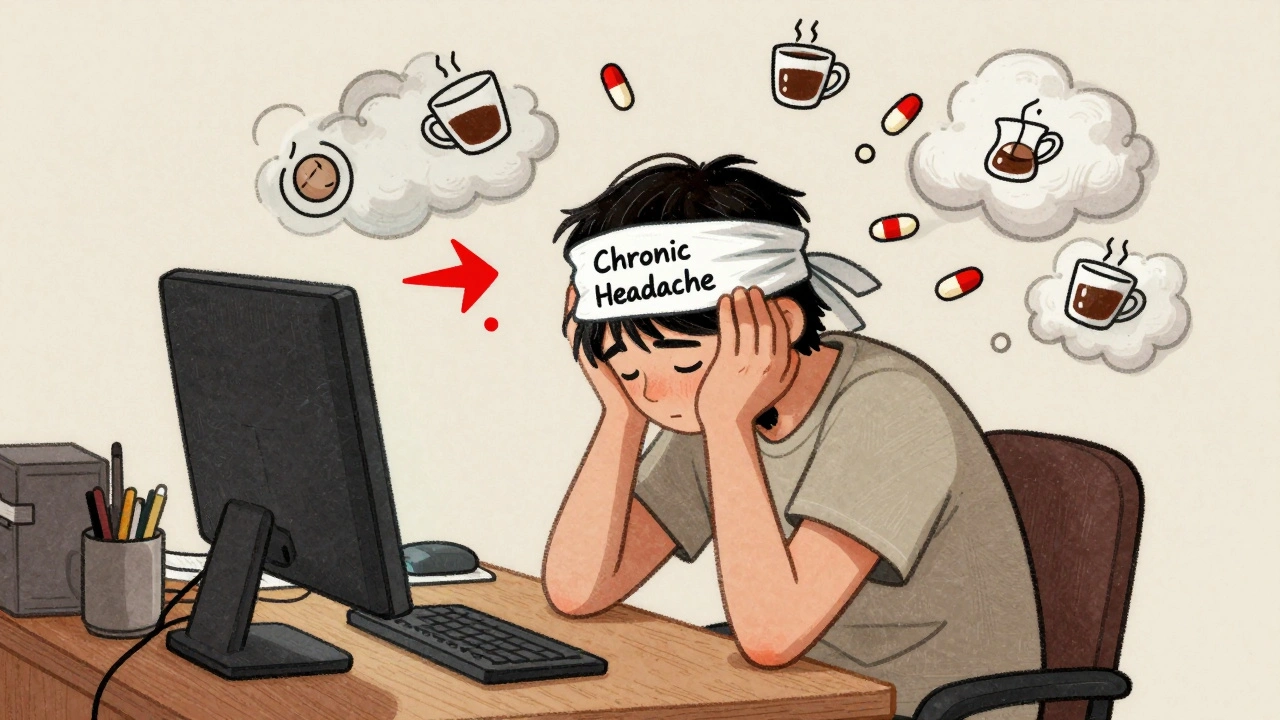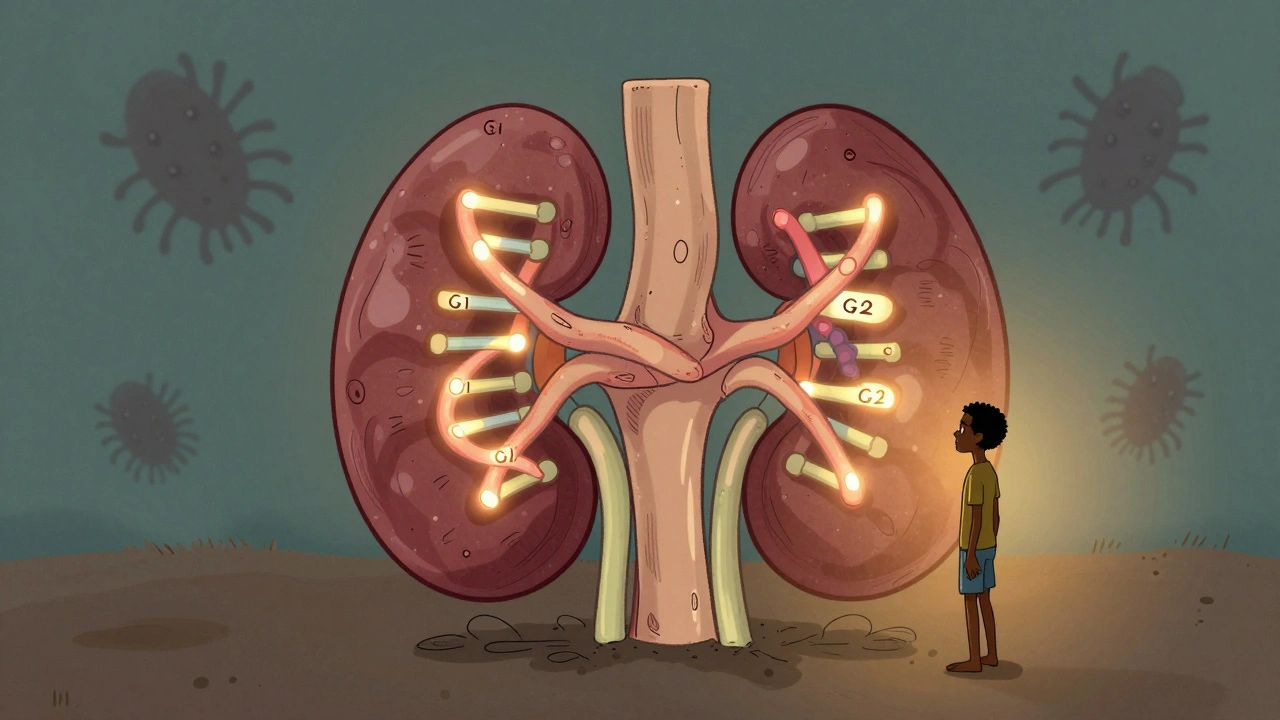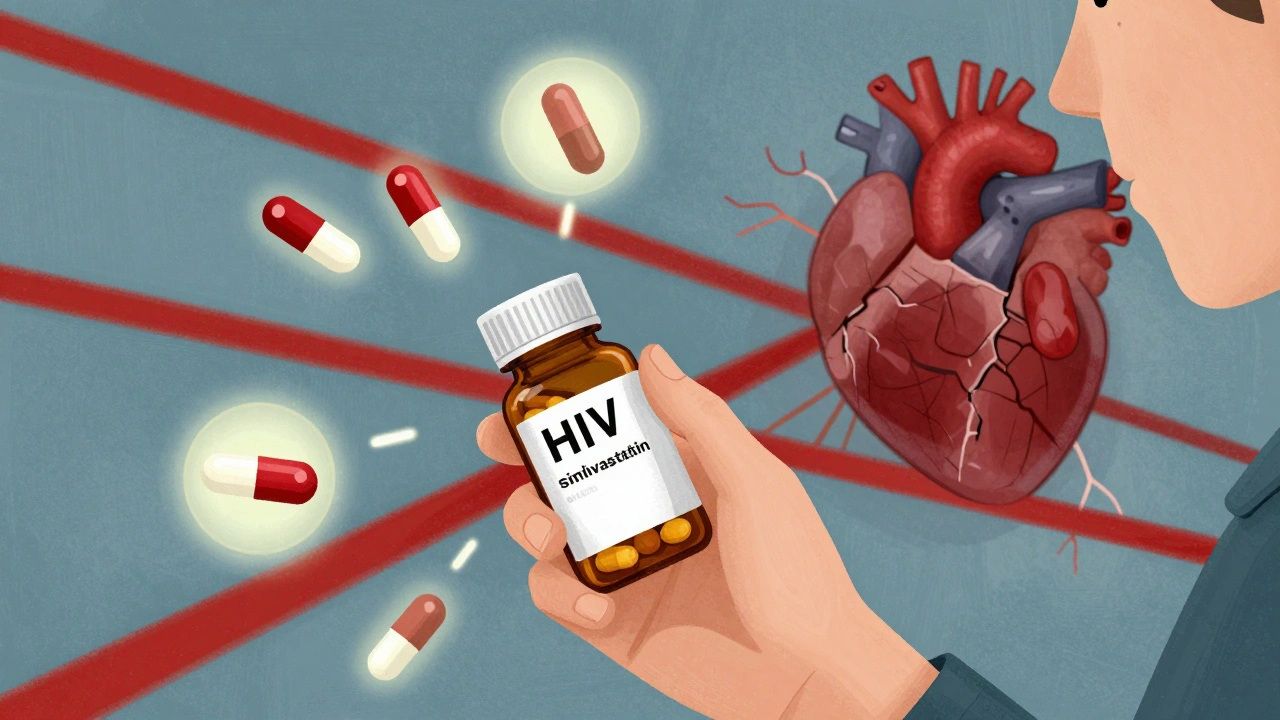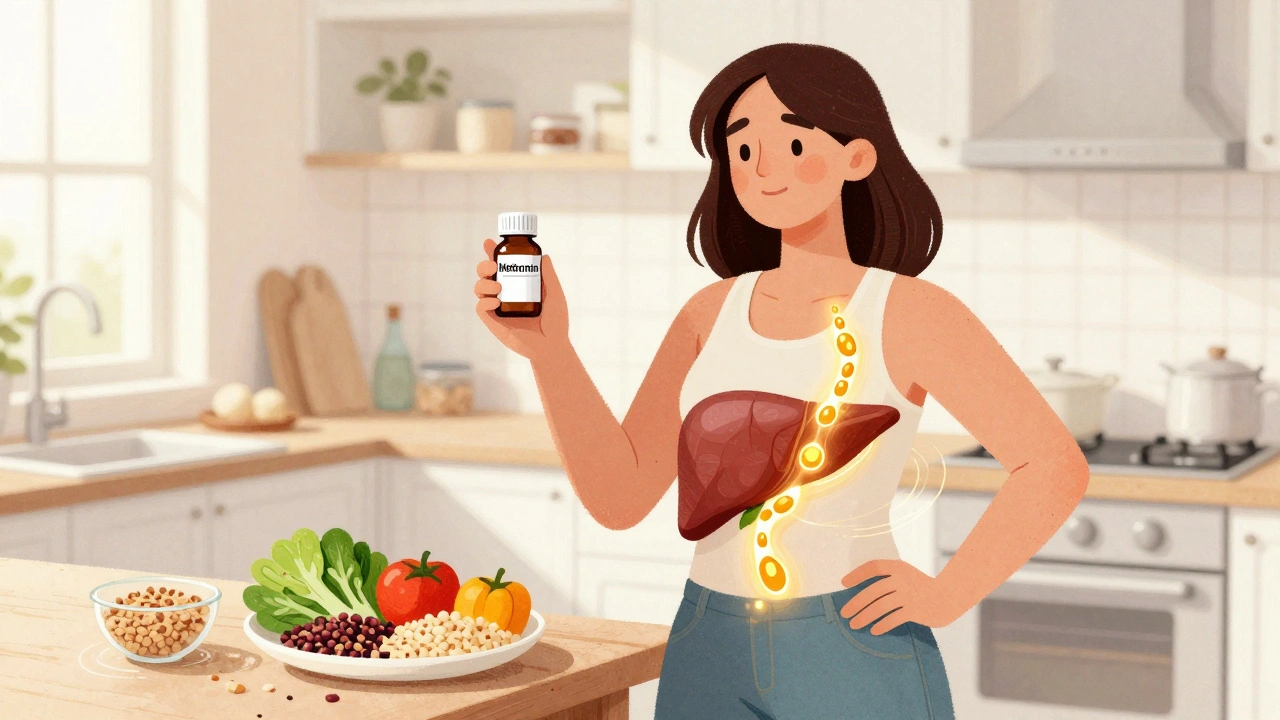Hatch-Waxman Act: How It Shaped Generic Drugs and Drug Prices
When you pick up a generic pill at the pharmacy, you’re seeing the direct result of the Hatch-Waxman Act, a 1984 U.S. law that created a legal shortcut for generic drug approval while protecting brand-name drug patents. Also known as the Drug Price Competition and Patent Term Restoration Act, it’s the reason you can buy the same medicine as a brand-name drug for a fraction of the cost.
This law didn’t just make generics legal—it made them practical. Before Hatch-Waxman, companies had to run full clinical trials for every generic version, which took years and cost millions. The Act let generic makers prove their drug was bioequivalent to the brand, not reinvent the wheel. That’s why today, over 90% of prescriptions in the U.S. are filled with generics. But it wasn’t all one-sided. The Act also gave brand-name companies extra patent time—up to five years—to make up for the time lost during FDA review. That balance is why you still see brand-name drugs on the market even after generics are approved.
The FDA, the federal agency responsible for approving all medications in the U.S. became the gatekeeper of this new system. They now review Abbreviated New Drug Applications (ANDAs) for generics, making sure they match the brand in strength, dosage, and how the body absorbs them. Meanwhile, patent litigation, the legal battles between brand and generic makers over patent expiration dates became a common part of the drug launch process. Some companies even stretch patents with minor changes—called "evergreening"—to delay generics. That’s why some drugs still cost hundreds of dollars even after their patent expires.
The Hatch-Waxman Act didn’t fix everything. Some generics still take years to appear. Others never show up because the market is too small or the manufacturing too complex. But overall, it turned the U.S. drug market from one where a single company controlled a medicine for decades, into one where competition drives prices down. That’s why your insulin, your blood pressure pill, or your antidepressant might cost $4 instead of $400.
Below, you’ll find real-world examples of how this law affects what’s in your medicine cabinet—from authorized generics that are identical to brand drugs, to how drug interactions and patient choice play out in a market shaped by Hatch-Waxman. These aren’t theoretical debates. They’re the reasons you can afford your meds today.

Patent Law and Generics: How Patents Protect Innovation in Pharmaceuticals
Patent law protects pharmaceutical innovation by granting temporary monopolies, but the Hatch-Waxman Act ensures generics can enter the market legally. This balance saves billions annually while encouraging new drug development.

